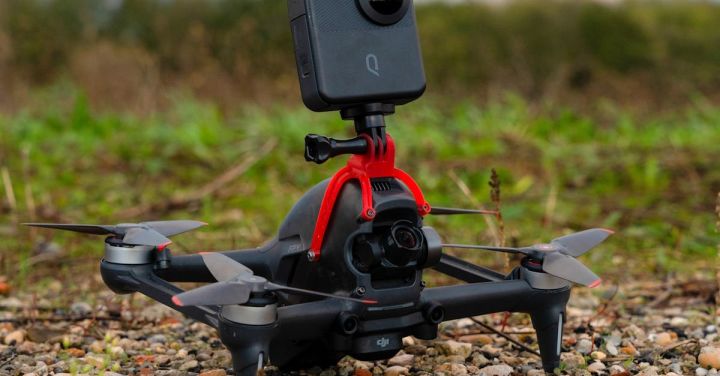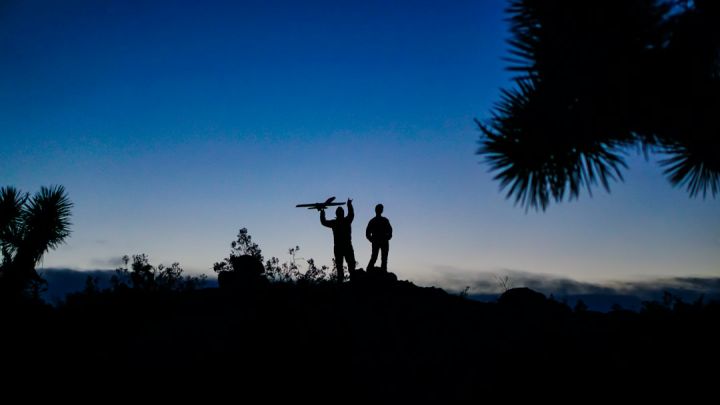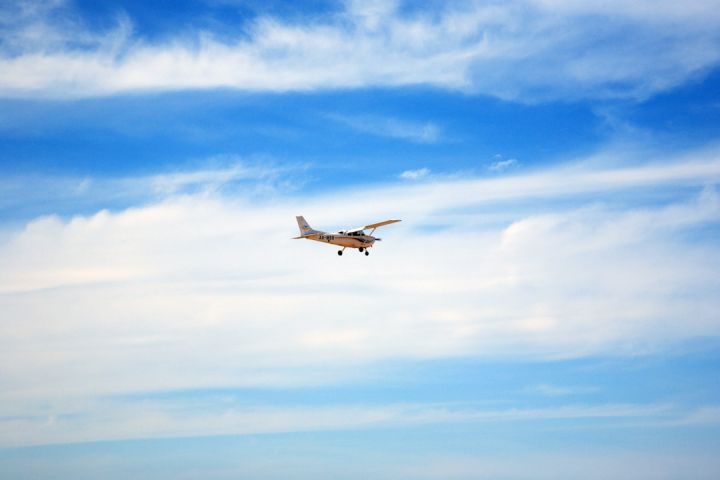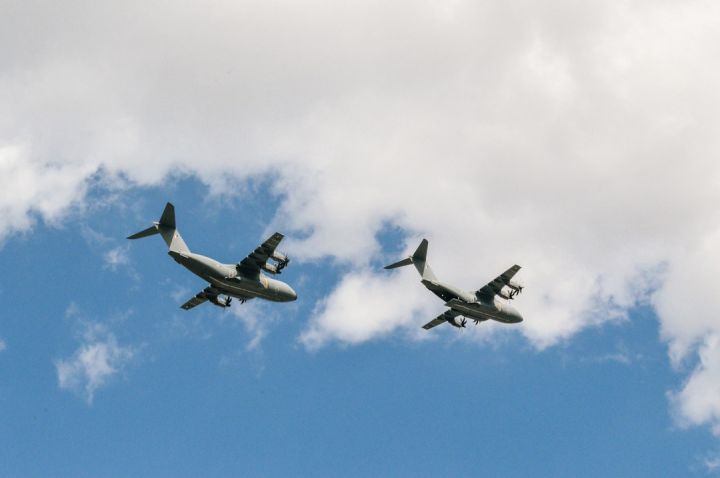How to Simulate Flight Conditions for Training Purposes?
Training for flight conditions is a crucial aspect of pilot education. It allows pilots to experience various scenarios and develop the necessary skills to handle challenging situations. Simulating flight conditions provides a safe and controlled environment for pilots to practice their skills without risking the safety of passengers or the aircraft. In this article, we will explore different methods used to simulate flight conditions for training purposes.
1. Full-flight simulators
Full-flight simulators (FFS) are the most advanced and realistic training devices available for pilots. These simulators replicate the cockpit of an actual aircraft and provide an immersive experience. They can simulate a wide range of flight conditions, including different weather conditions, emergencies, and system failures. FFSs offer realistic visuals, motion systems, and accurate flight dynamics, making them an invaluable tool for pilot training.
2. Flight training devices
Flight training devices (FTDs) are another type of simulator used for flight training. These devices are less advanced than FFSs but still provide a realistic flight experience. FTDs can simulate various flight conditions, such as different aircraft models, weather conditions, and emergencies. They are often used for procedural training, instrument training, and practicing emergency procedures. FTDs are cost-effective alternatives to FFSs and are widely used in pilot training programs.
3. Computer-based training
Computer-based training (CBT) is a versatile and accessible method of simulating flight conditions. CBT uses computer software to create virtual environments that replicate flight scenarios. Pilots can practice different maneuvers, navigate through various weather conditions, and experience emergency situations through interactive simulations. CBT allows pilots to learn at their own pace and provides a cost-effective training solution for flight schools and individual pilots.
4. Virtual reality
Virtual reality (VR) technology has revolutionized pilot training by providing an immersive and realistic experience. VR headsets and motion tracking devices allow pilots to interact with a virtual cockpit and experience flight conditions in a highly realistic manner. VR simulations can replicate different aircraft models, weather conditions, and emergency scenarios. This technology enhances situational awareness and helps pilots develop critical decision-making skills in a safe and controlled environment.
5. In-flight training
While simulators provide a controlled environment for training, in-flight training is essential to apply the skills learned in simulators to real aircraft. In-flight training allows pilots to experience actual flight conditions, including weather variations, air traffic control interactions, and emergency situations. It provides an opportunity to practice maneuvers, navigation, and communication skills in a real-world setting. In-flight training should be conducted under the supervision of a qualified flight instructor to ensure safety and effective learning.
6. Continuous training and evaluation
Simulating flight conditions for training purposes is not a one-time activity. Pilots should undergo continuous training and evaluation to maintain and improve their skills. Regular simulator sessions, recurrent training programs, and proficiency checks are essential to ensure that pilots stay current and competent in handling various flight conditions. Ongoing evaluation and feedback help identify areas for improvement and provide opportunities for further skill development.
In conclusion,
Simulating flight conditions for training purposes is crucial in developing the skills and knowledge required for safe and effective flying. Full-flight simulators, flight training devices, computer-based training, virtual reality, and in-flight training are all valuable tools in this process. Continuous training and evaluation ensure that pilots remain competent and capable of handling the challenges that may arise during actual flights. By utilizing these methods, pilots can enhance their abilities and ensure the highest level of safety for themselves and their passengers.







